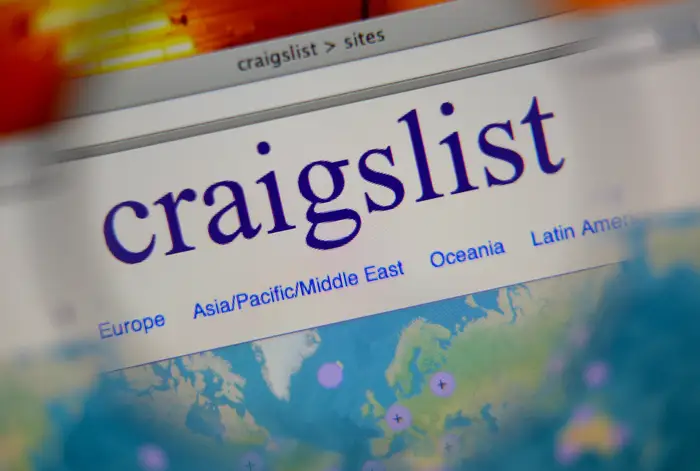Craigslist, a simple yet iconic website, has managed to maintain its relevance and prominence in the world of online classifieds for nearly three decades. What started as an email list in the mid-1990s has evolved into a sprawling digital marketplace where you can find anything from apartments to jobs, furniture to rare collectibles. But how did Craigslist become such a staple in online commerce, and why has it remained so enduringly popular?
The Humble Beginnings
In 1995, Craig Newmark, a software engineer living in San Francisco, started an email list to share local events and interesting tidbits with his friends. This email list quickly expanded as people began to use it to advertise other needs, from finding roommates to buying and selling items. Realizing the potential for a centralized platform, Newmark launched Craigslist.org in 1996, focused initially on the San Francisco Bay Area.
The early website was straightforward—essentially a digital bulletin board where users could post classified ads for free. It had no frills, no sophisticated design, and no plans for rapid commercialization. And yet, its minimalist interface, combined with the simplicity of use, gave it a charm that appealed to users.
Craigslist’s Growth and Expansion
Craigslist’s major appeal lay in its simplicity. As the internet boomed in the late 1990s and early 2000s, many websites were overloading users with ads, banners, and complicated features. In contrast, Craigslist’s bare-bones layout stood out. It was clutter-free and easy to navigate.
By the early 2000s, Craigslist expanded to cities across the United States and eventually to cities globally. Today, Craigslist operates in over 70 countries and hundreds of cities worldwide. Its categories expanded as well, covering everything from job listings, housing, and personal ads to gigs, community events, and even services like pet adoption.
The Craigslist Model: Simple and Effective
The business model of Craigslist is quite unique. While most of the platform’s services are free, a few sections, such as job postings in certain cities and real estate listings, come with a fee. This paid structure helps fund the platform while keeping the vast majority of categories available without charge.
Craigslist’s refusal to succumb to the allure of endless advertisements or invasive user tracking, which became the norm for most tech platforms, has kept the site pure to its original intent. This simplicity has built trust, allowing it to be a reliable place for individuals and businesses alike.
Controversies and Challenges
Like any major platform, Craigslist has had its fair share of controversies. Some of the most prominent involve safety concerns due to scams, illegal activities, and the misuse of certain categories, most notably the personal ads section, which was eventually shut down due to legal pressures.
The decentralized nature of the platform, which is a strength in many ways, also means that moderation is minimal compared to newer marketplaces. This has opened the door to a variety of risks, from fraudulent job listings to unsafe transactions.
Why Craigslist Endures
Despite the rise of competitors like Facebook Marketplace, eBay, and newer apps such as OfferUp and Letgo, Craigslist has remained steadfast. There’s a certain nostalgia to its basic interface, a throwback to the early days of the internet that many users find endearing.
Moreover, Craigslist’s broad reach and established reputation continue to give it an edge. Whether you’re looking for a specific job, a free couch, or an obscure hobbyist item, Craigslist is often the first place people look.
The Future of Craigslist
As the digital landscape continues to evolve, questions about Craigslist’s longevity and relevance persist. Its refusal to innovate in terms of design or user experience might eventually catch up with it, as newer platforms capitalize on sleek, mobile-friendly interfaces. Yet, there’s something undeniably comforting about the no-nonsense approach Craigslist offers.
In an age where every platform is vying for attention with algorithms, personalized feeds, and invasive advertising, Craigslist’s simplicity might just be the very reason it survives. Whether it remains a major player or fades into a more niche space, one thing is clear: Craigslist has left an indelible mark on how we buy, sell, and connect online.
Conclusion
Craigslist may not be flashy or feature-packed, but its enduring success lies in its practicality. It’s a platform built by its users, for its users, and remains true to that original ethos. While it may not be the most modern digital marketplace, it continues to fulfill a critical role in the online ecosystem, bridging the gap between virtual and real-world transactions with little fuss.
